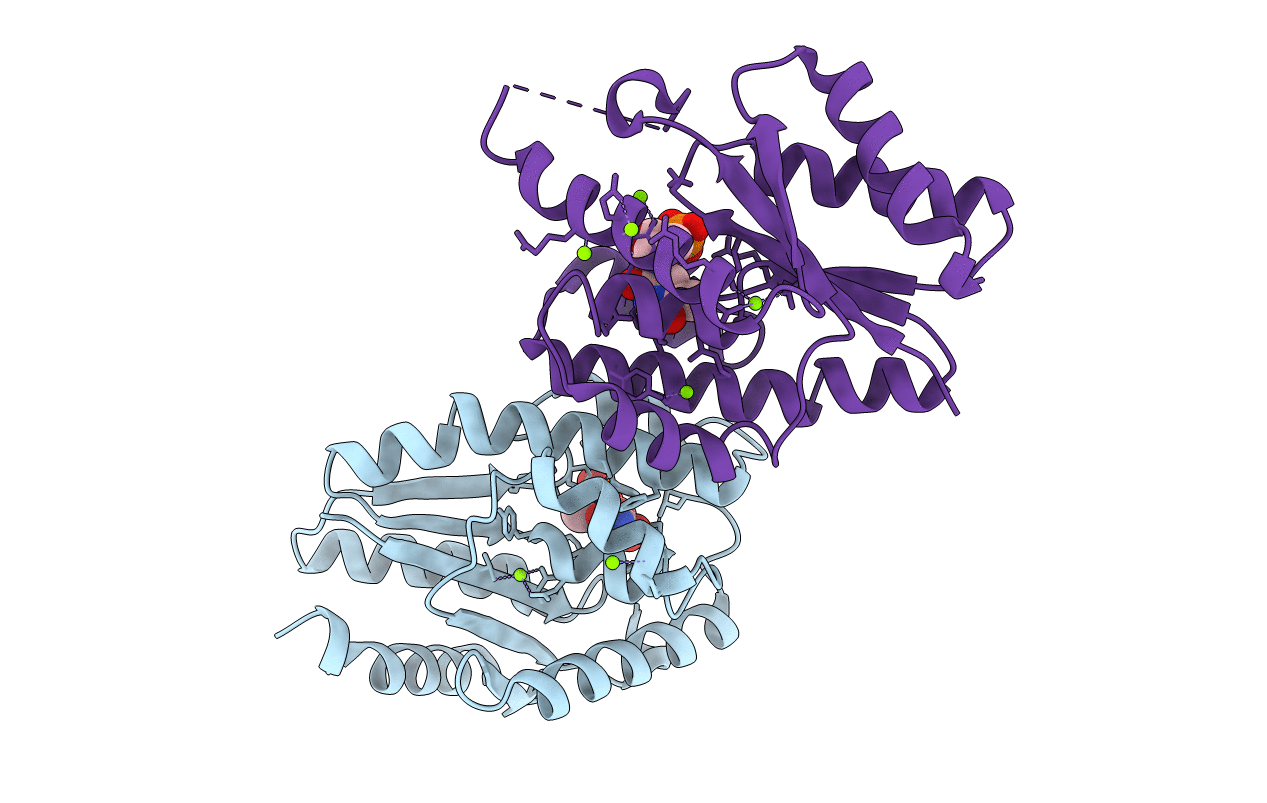
Deposition Date
2017-03-01
Release Date
2018-03-14
Last Version Date
2023-11-22
Entry Detail
PDB ID:
5X86
Keywords:
Title:
Crystal structure of TMP bound thymidylate kinase from thermus thermophilus HB8
Biological Source:
Source Organism:
Host Organism:
Method Details:
Experimental Method:
Resolution:
1.19 Å
R-Value Free:
0.16
R-Value Work:
0.14
R-Value Observed:
0.14
Space Group:
P 21 21 21


